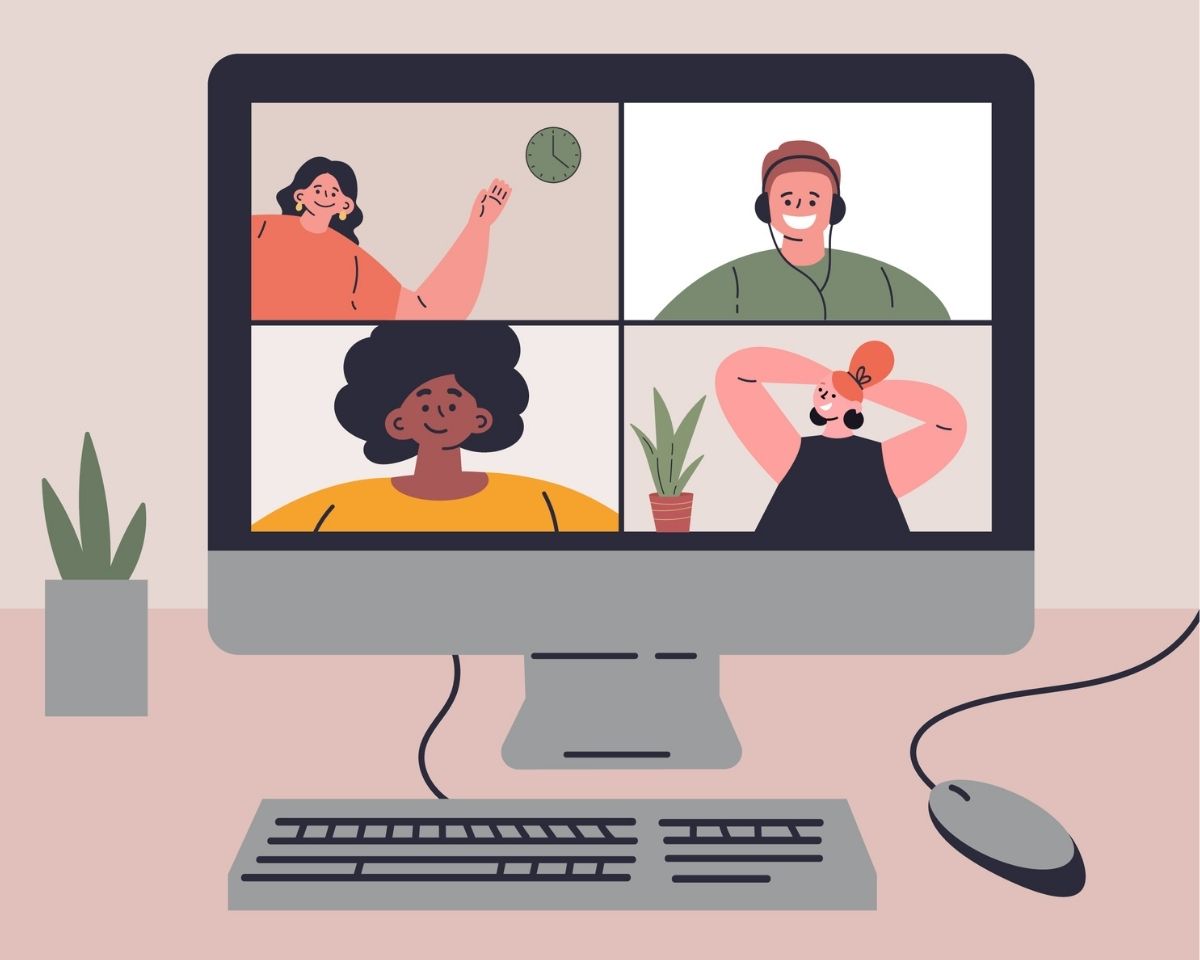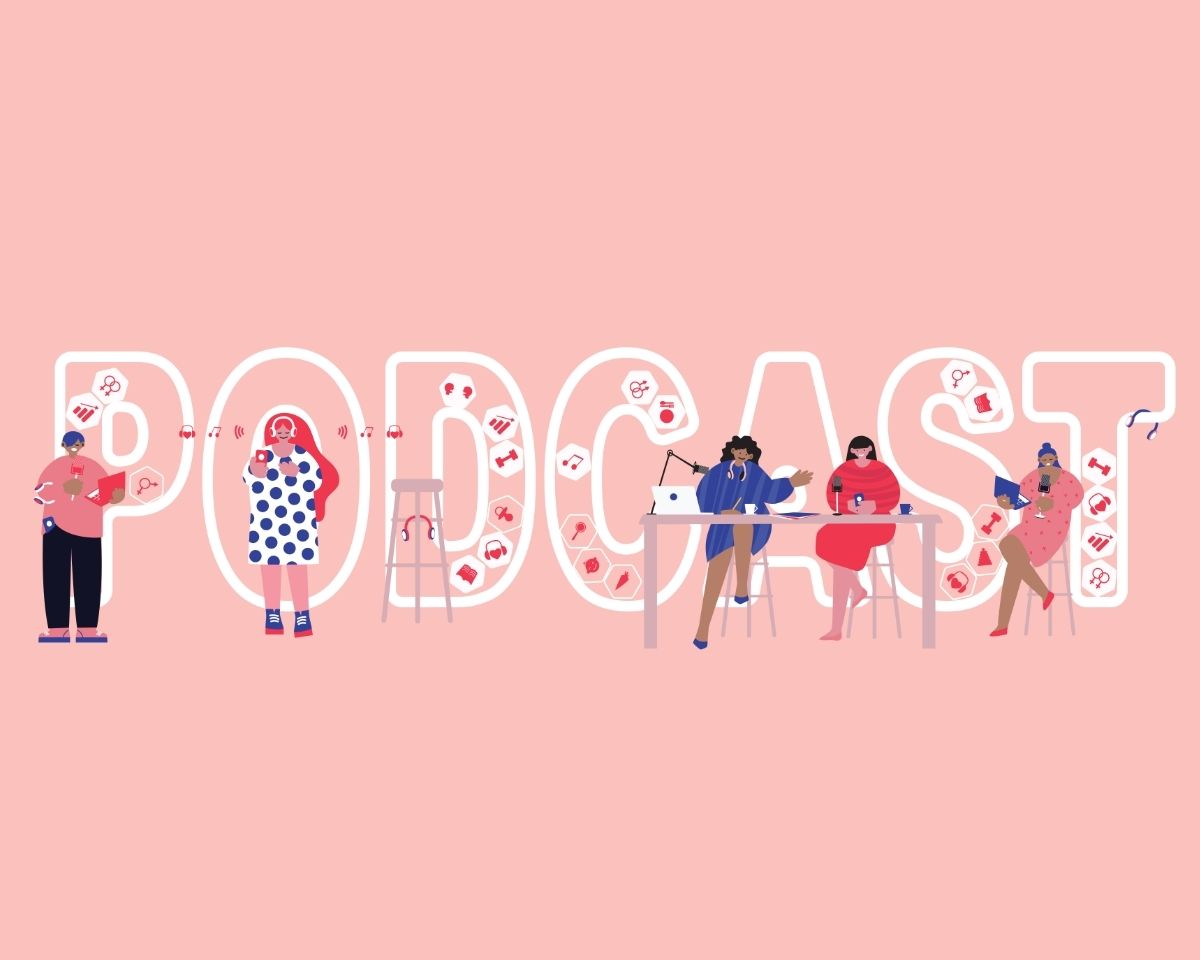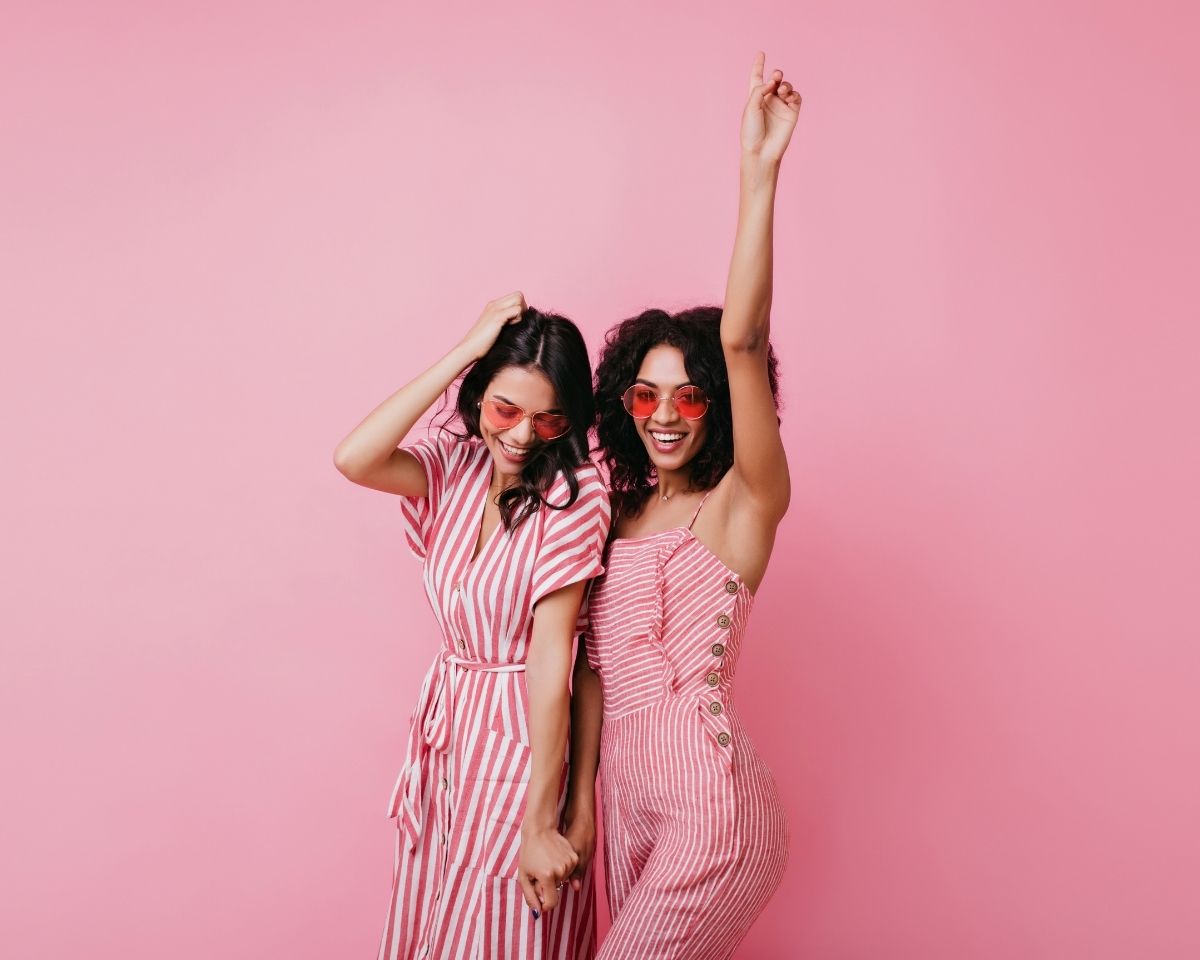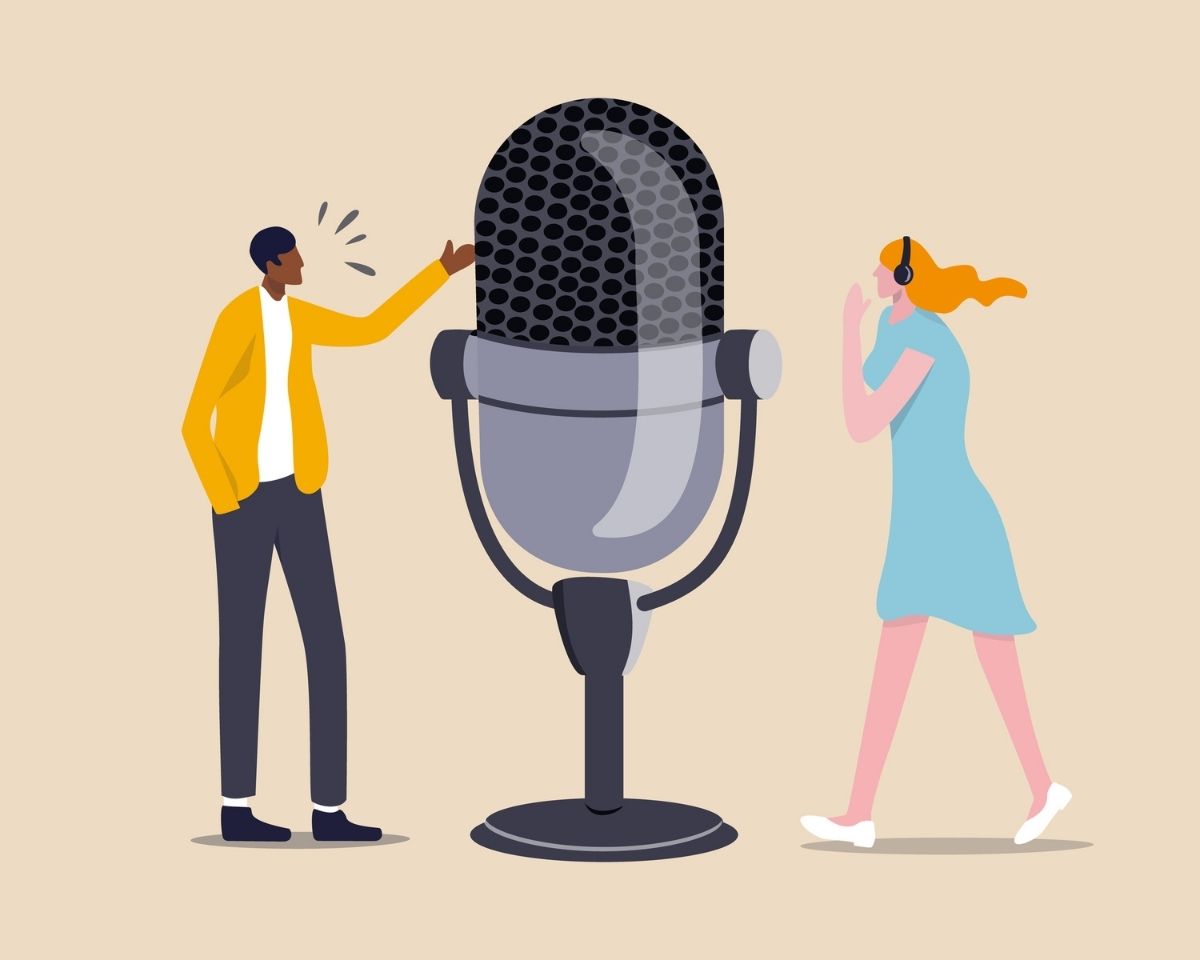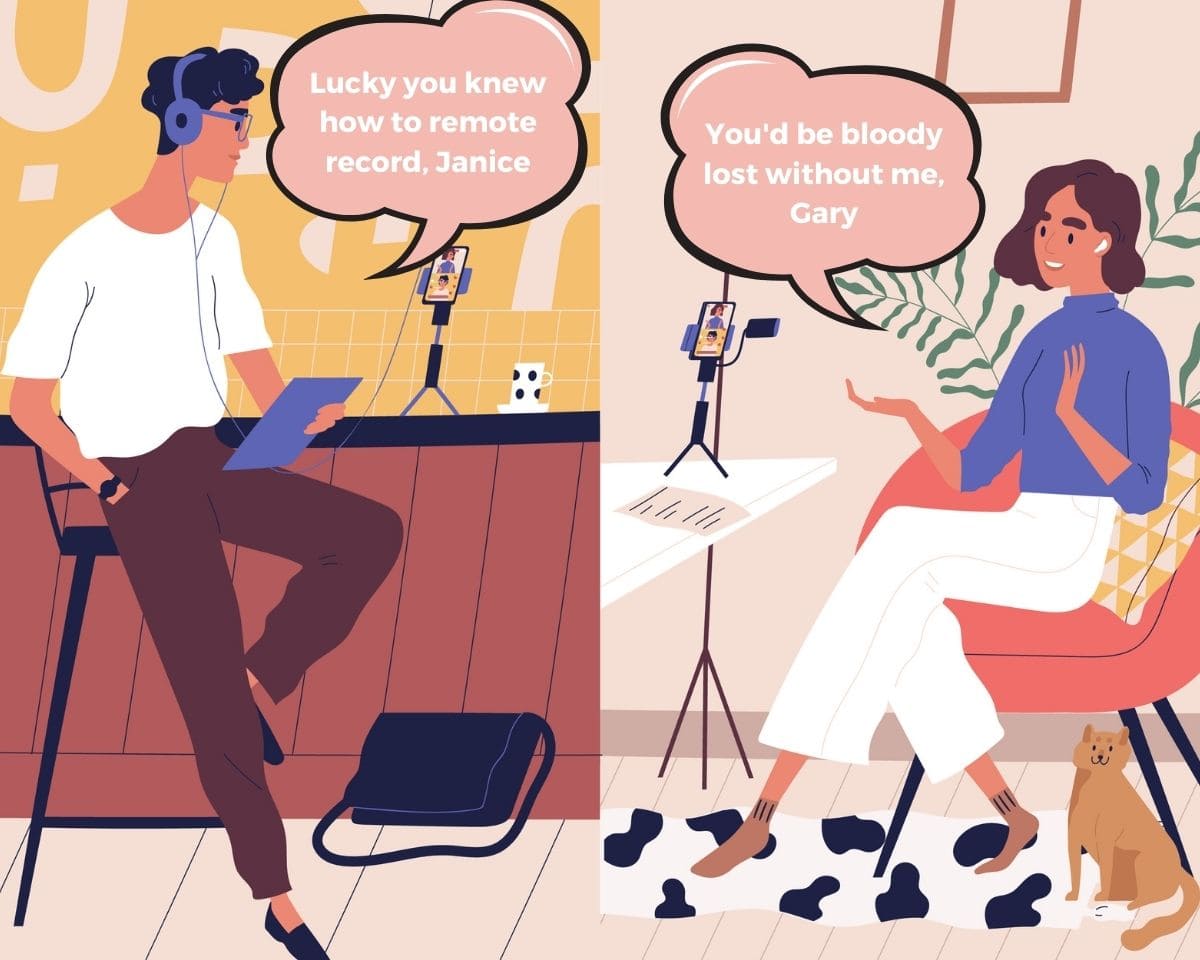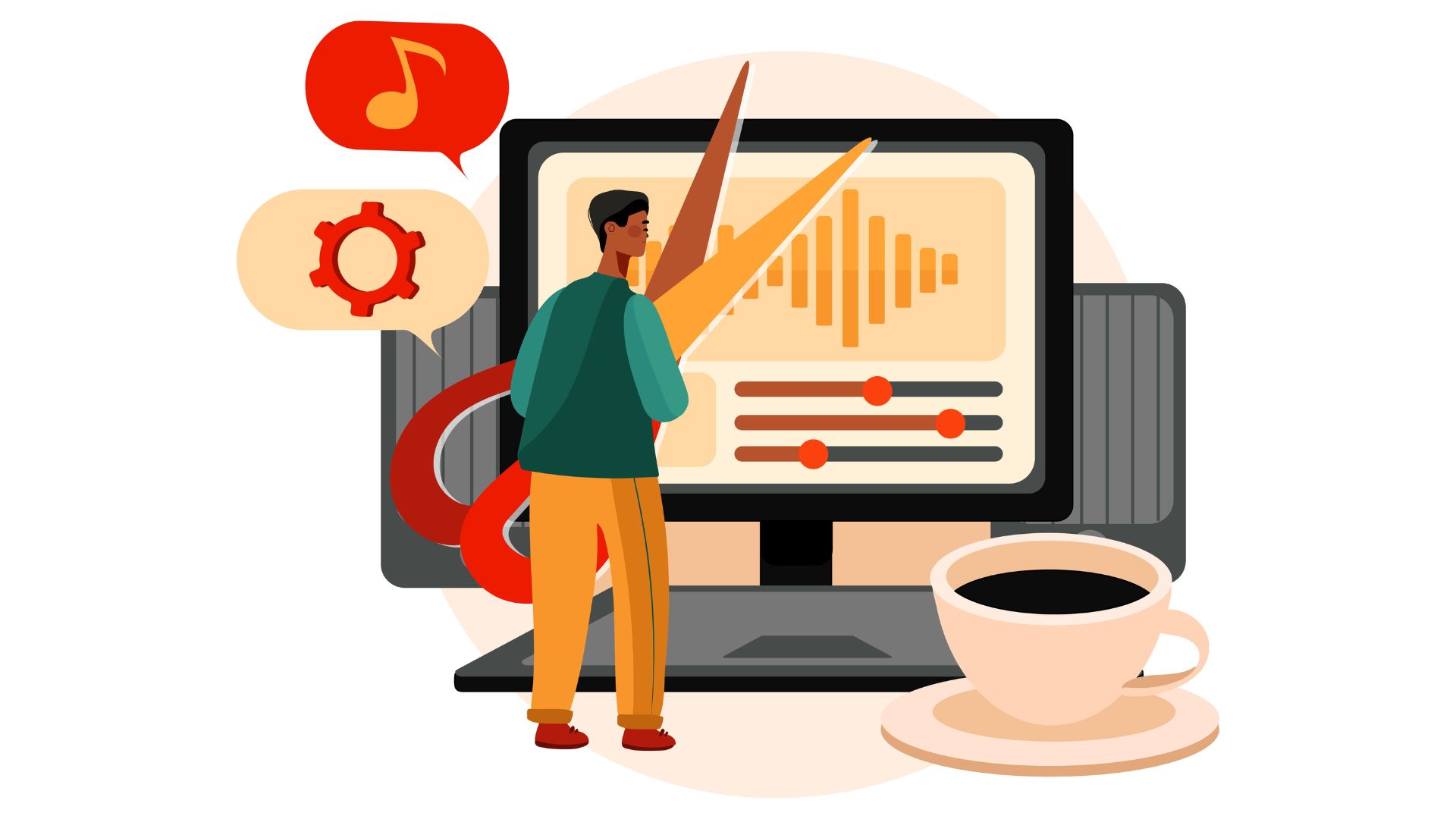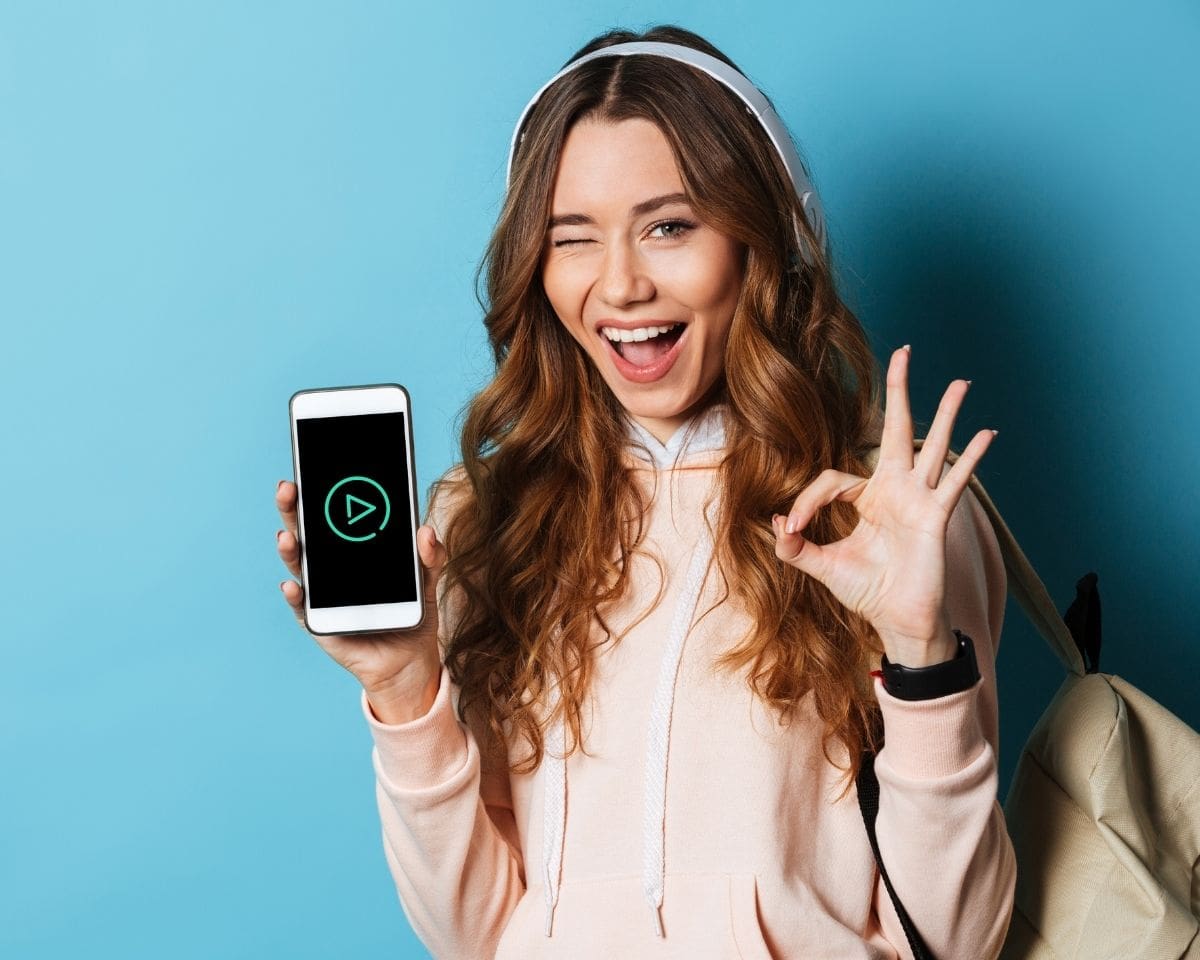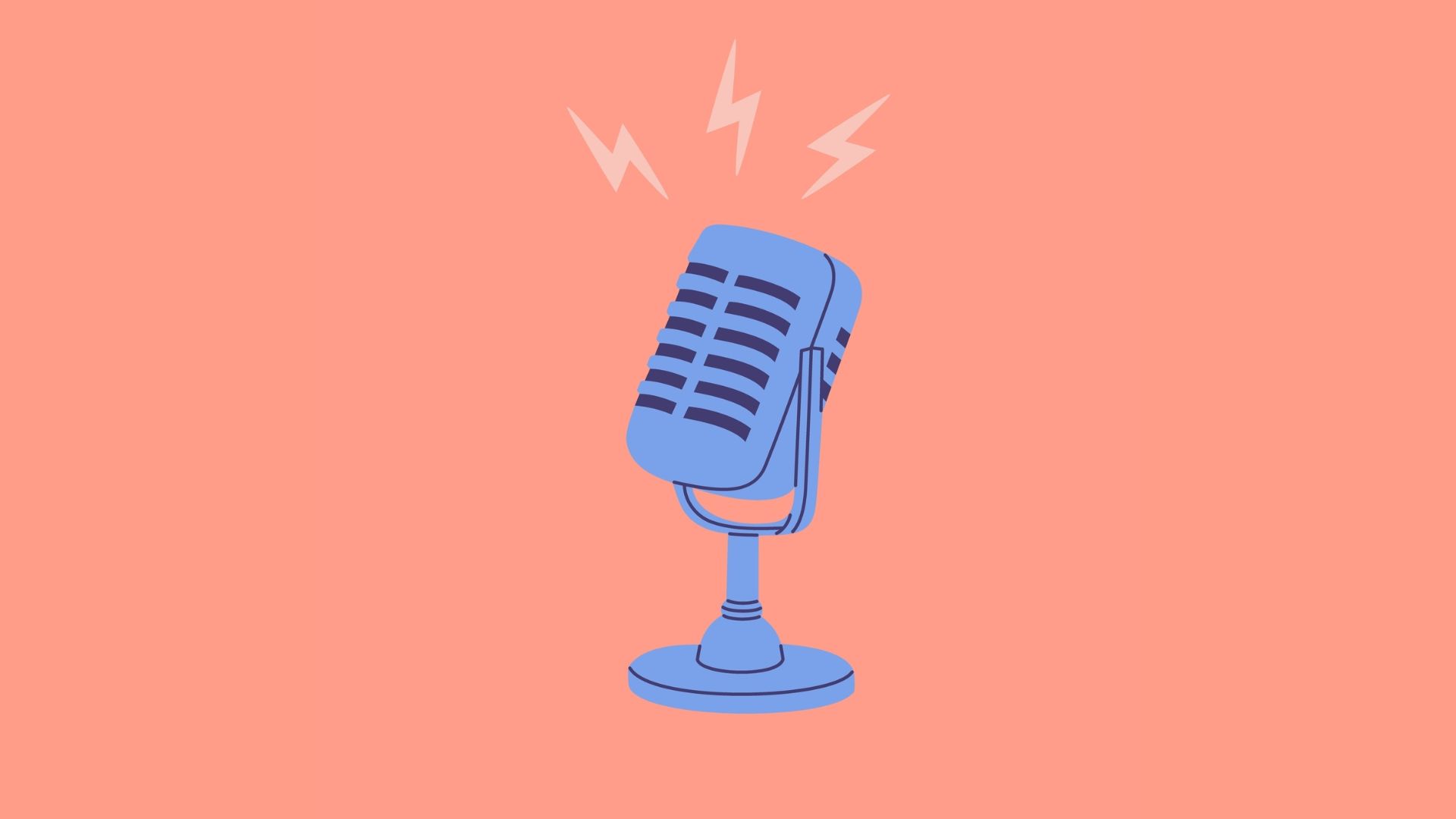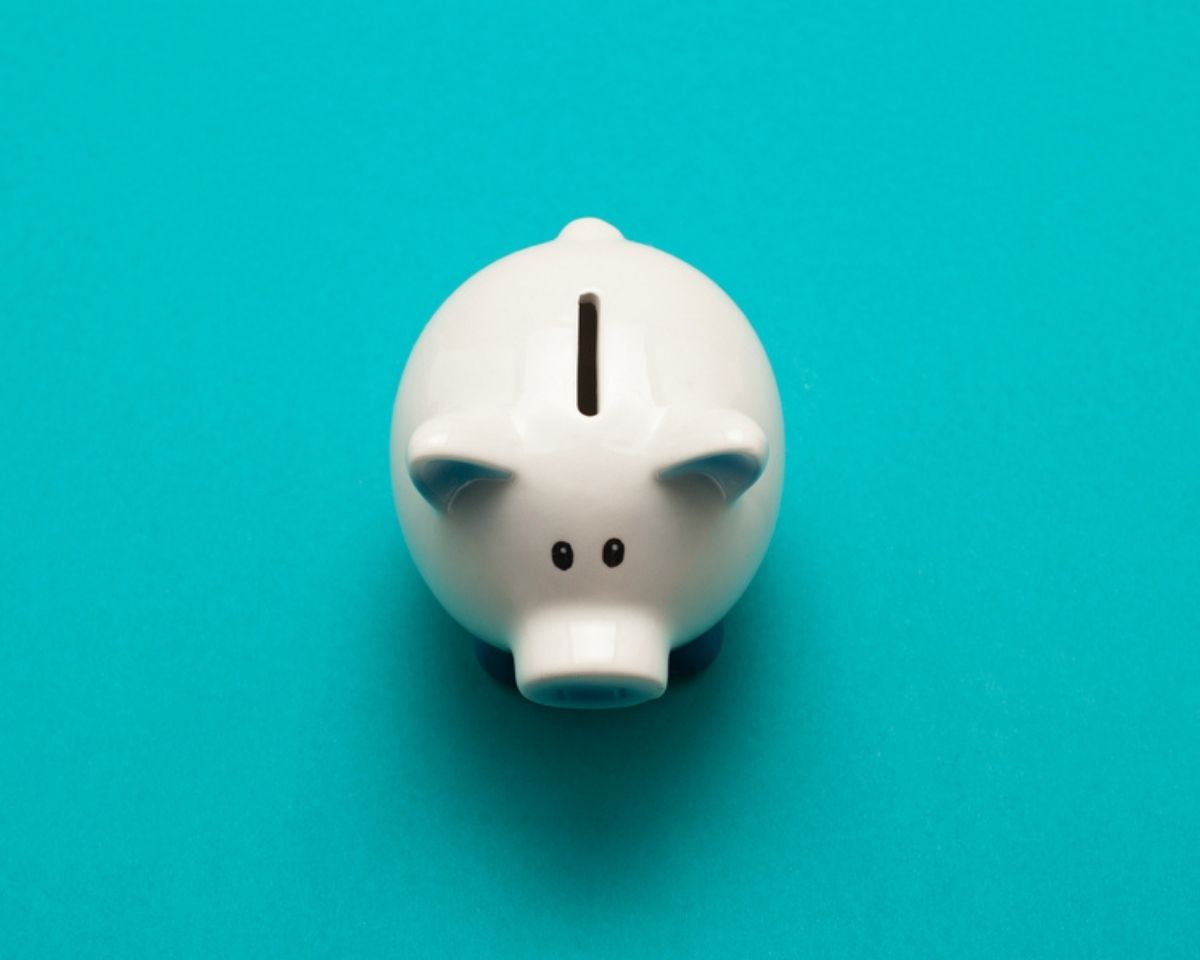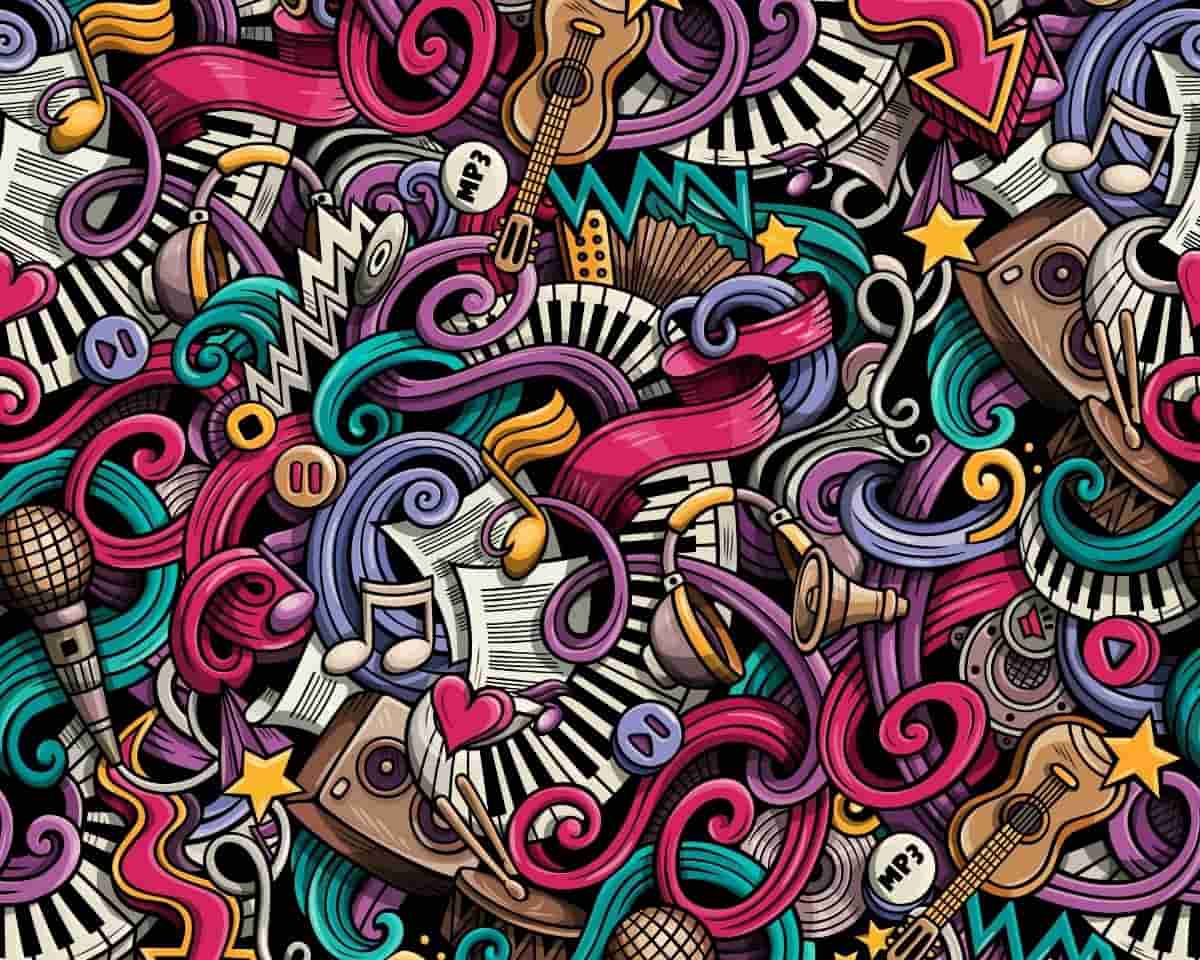Is it important to see who you’re talking to when hosting a podcast?
Remote recording platforms give you a way to record your show with people in different locations which is fantastic because it means your podcast isn’t limited by geography.
They also help you achieve audio quality that compares with being in the same room as someone but you shouldn’t forget about the impact of distance on your performance.
So, if you want to get the best possible conversational chemistry between you and whoever you’re talking to it’s important to use video when remote recording.
[button text=”Apple” url=”https://itunes.apple.com/au/podcast/podschool-learn-how-to-create-professional-podcast/id1239671724?mt=2″ class=””] [button text=”Google” url=”https://www.google.com/podcasts?feed=aHR0cHM6Ly9yc3Mud2hvb3Noa2FhLmNvbS9yc3MvcG9kY2FzdC9pZC8xMzAz” class=””] [button text=”Spotify” url=”https://open.spotify.com/show/1Q2L51iY2sIL8BEkAKyxZj” class=””]
Video improves conversational chemistry and your performance
As a podcaster you’re not just someone who talks into a microphone and uploads audio to the internet, you’re a performer.
That means you need to think about your performance and how you can improve it.
Conversational chemistry is what draws an audience in and makes them attached to you as a presenter.
Unfortunately, while it’s not impossible, it becomes difficult to harness that when you can’t see someone.
Using video means you don’t miss out on important visual cues like someone nodding their head, leaning in or looking into your eyes.
This is stuff we respond to as humans and you’re always going to have a more energetic, engaged and dynamic conversation when you’re looking at someone.
Not being able to see someone also increases the chances there’ll be more awkward pauses or the conversation won’t flow freely.
Sure, you can cut those bits out in the edit but you can’t remove the trepidation in someone’s voice that comes when they’re unsure of when to speak.
Ideally, you want everyone on the podcast to sound confident and in control, because that leads to the best experience for your audience and using video will really help with this.
Video helps reduce overtalk
Over talk is another term for talking over the top of someone.
As a podcast listener, overtalk makes a conversation messy and difficult to listen to.
As a podcast creator, it’s a nightmare to edit because it’s hard to get a clean cut.
Ideally, you want the conversation to pass seamlessly from one person to the other and being able to see who you’re talking to can really help that.
These kinds of seamless back-and-forth conversations are the ones that make a listener feel relaxed and that’s exactly what you want to achieve.
Video helps put your interview guests at ease
Often with podcast interviews, you’ll be speaking to people who don’t have a lot of audio experience.
If that’s the case, it can be nerve-racking to be interviewed by someone you can’t see.
In addition, you want them to feel like they’re doing a good job and the best way for them to know that is by seeing your reaction.
Are you smiling? Are you nodding your head? These kinds of visual cues are really important if you want to make your guests feel confident.
Because a confident guest is always going to give a much better interview.
Building rapport with your guests is also important and that’s a lot harder to do when you can’t see them.
What remote recording platforms should you use?
This is entirely up to you and most platforms have a free trial so you can see which one works best for you and your show.
Some of the most common ones are Riverside, Squadcast and Zencastr.
At the bare minimum, whatever option you choose should have video as a built-in part of the platform.
Even if you’re not able to record the video, you want to be able to see who you’re talking to without having to run a second program (because it affects the quality of your recording).
If you want to post videos of your show to social media or YouTube then you’ll want to choose a platform that offers high-quality video recording as well as audio so you can get everything sorted in one go.
If you’re thinking about recording using a platform like Zoom or Skype, it’s important to remember these were designed for video conferencing not audio.
That means you’ll likely get a lower quality of audio than if you record on a platform specifically designed for podcasting.
Got a burning podcasting question you’d like answered? Send me an email.
Want to start your own podcast but need a little help? Download my “How To Start A Podcast” guide or sign up for my online podcasting course, PodSchool.
Hello and welcome to the show. Today is all about video, not video that you're gonna use for any content but video to see people when you’re remote recording. I heard an interview this week with someone who is in the podcast business saying you don’t need to use video when recording audio and I don’t think that’s a great thing to be saying to people. If you’re a podcaster, you have to think of yourself not just as somebody who talks into a microphone and uploads audio to the Internet, but as a performer. As a performer you’re trying to entertain and engage your audience, and you need to think about how to improve your performance. Using video when you’re remote recording is one of the best ways to improve the performance of you, your co-host, your interview subject, anyone talking on the show because when you’re able to see each other it helps tap into the conversational chemistry that comes naturally when you’re in the same room as someone. It’s that chemistry people love listening to and nobody likes hearing awkward pauses or stilted conversation and while you can edit some of the space out you can’t edit out the trepidation in someone’s voice because of a feeling of uncertainty. And not being able to see someone can make you uncertain. So whatever tools you can use to make the recording as seamless as possible so you can have a really natural back and forth and you will help you sound in control and will make your audience more comfortable. And when you’re far away from the person you’re talking to video is often the best way to do that.
So, what about platforms? There are a bunch you can use including Skype. Zencastr has been audio only for years but they’re currently beta testing video in their platform, which is long overdue. If you like to test things out you can apply to be part of the beta test but I like to wait until they’ve ironed out the bugs and jump in post beta test. Squadcast is another platform I use, and I really enjoy. They've got video built into the platform so you can see people. You don't record the video it’s just for conversational chemistry purposes. That chemistry is so important whether you’re working with a co-host or doing an interview. It’s that chemistry people buy into and when you’re not in the same room as each other you need to find a way to get as much of it back as you can. If you've been working with the co-host for a long time, you can sometimes cheat it without video but it makes it so much easier when you can see someone. The other reason it’s great is because it helps prevent over talk, which is the thing that happens when everyone tries to talk at once. When you can’t see someone it’s harder to navigate the conversation and work out when they’re going to talk so you’re more likely to jump over the top of them. If you do that it becomes really messy, difficult to listen to and difficult to edit. So, having video can make the end product sound much better and your edit so much easier.
So, if you want to improve your show, the way it sounds and the way you perform, use video when you’re recording your show so you can get the best possible conversational chemistry. When you’re interviewing someone, this is really important because it helps put your guest at ease and makes the chat easier because they’re not listening to a random voice from a person they can’t see. This will make it so much more comfortable for them especially if they’re not used to recording audio. Having somebody there in front of you, leaning in and nodding at what you’re saying can make you feel more confident about the answers you’re giving and you’re always going to get better answers out of a more confident guest. Building rapport with your guests can be tough but it’s even tougher when you can’t see someone, so using video can make the chat much better. And it means that what you'll get at the end of it will be a lot more entertaining and engaging for your audience.
So, my advice would be if you’re going to remote record audio, please also have a video element. It doesn't need to be video you record which means your guest doesn’t need to be ‘camera ready’ but just make sure they know you’ll be able to see them in case they turn up in their pyjamas.
If you’d like more presenting tips like this one, check out my online podcasting course, PodSchool. It’s currently open for enrolments and the course will be shutting on Friday 10th July. If you want details, you’ll find everything podschool.com.au. Thanks so much for listening and if you are enjoying the show, please leave a review in Apple Podcasts. It's always nice when people come to the show to see what other people think of it and I’d love to know your thoughts. I'll see you next week, and until then, happy podcasting.
